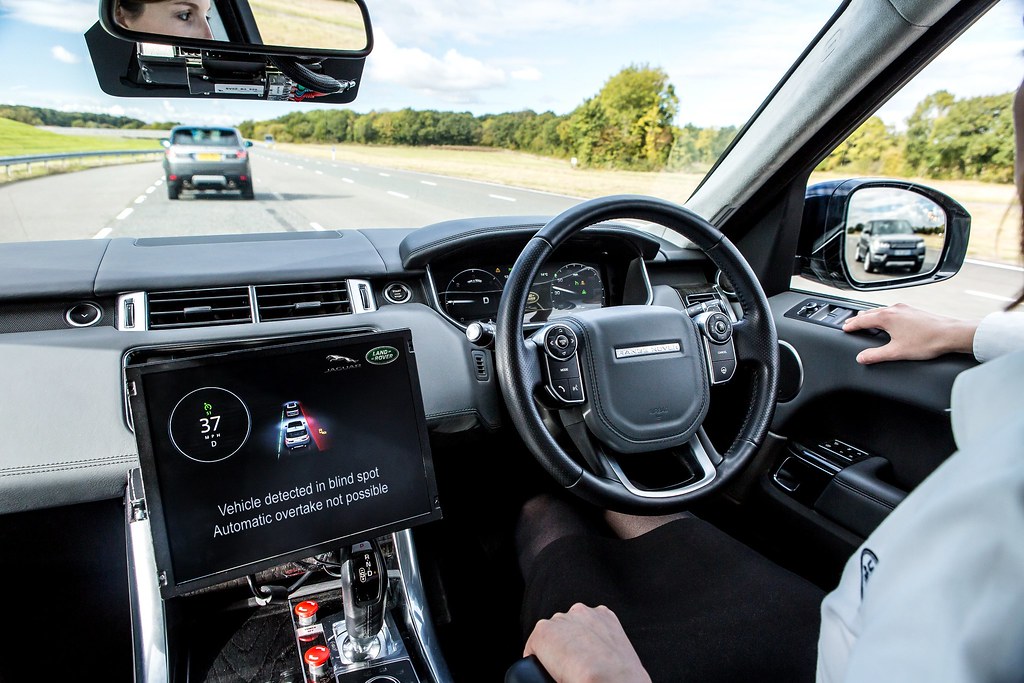Although the automotive industry has come a long way in terms of technology and is making leaps and bounds when it comes to autonomous driving, programming a computer to think faster than a human, during the countless of driving situations encountered each and every day is by no means an easy feat. So when will autonomous vehicles actually be ready and on the road?

Vehicle manufacturers like Lexus, BMW and Mercedes-Benz are some of the manufacturers that have hopped on the bandwagon and are developing autonomous car technology at an unbelievable rate with the likes of Tesla even testing their driverless autopilot system on several UK roads. However, fully driverless tech is still a long way off according to Nick Rogers; the head of engineering at Jaguar Land Rover, stating “I think we can get 80% of the way there very, very quickly, but when the car’s in charge, the only answer is zero accidents and that’s going to be a challenge for a bit longer.” At present, there are dozens of vehicles on sale that feature partial self-driving technology. Features like adaptive cruise control and steering assist that see vehicles accelerate, brake and steer themselves on motorways - but still require input and supervision from the driver, are becoming increasingly common and can be found on models such as Volvo’s XC40, the Audi A6 and BMW’s 7 Series.
According to the Society of Automotive Engineers; a professional engineering association aiming to advance mobility solutions, there are 5 categories of autonomous driving. Level 1 is driver assistance, where the vehicle is able to control either steering or braking but not both simultaneously. Level 2 will see the vehicle control both steering and braking however the driver’s attention is still required on the road at all times in what is labelled as partial automation. Category 3 is conditional automation that enables cars to drive themselves on certain roads, giving the driver the ability to temporarily take their eyes off the road and can still intervene if necessary. Level 4 and 5 are high automation and full automation that see the vehicle taking full control, with the car potentially driving you. With these two categories, the vehicle wouldn’t even have a steering wheel as there’s no need with the car able to drive itself all the time.
Most experts agree that, currently, autonomous vehicle technology is somewhere between level 2 and 3 and are still a long way off levels 4 and 5 but the competition is rife, with businesses pumping millions of pounds into AV projects, all hoping to be the first to accomplish this.
However, a recently updated code of conduct from the Department for Transport, permitting driverless car trials on public roads, could potentially see fully self-driving vehicles on UK roads as soon as 2021. With Jaguar Land Rover already testing driverless vehicles on the streets of Coventry, this could quickly lead to public autonomous taxi services by 2021 according to the government’s predictions. However, the biggest challenge that autonomous vehicles face in the UK is the existing law system that states a human must be responsible for being in full control of a car. It is likely that, due to the high cost of driverless vehicles, the first cars on Britain’s streets will be taxi-style pods but as the price of technology reduces, privately owning a driverless car will be more feasible, yet there’s the question of whether anyone will actually want to own a car that they never drive.
Another issue that autonomous vehicles face are humans themselves. With the unpredictable nature of both drivers and pedestrians, programming a vehicle to react accordingly to driving situations is a significant challenge that manufacturers and tech giants alike, have to overcome when it comes to developing the technology. While driverless vehicles are at risk from unpredictable human road users, getting a vehicle to simultaneously react to a pedestrian, poses even more of a risk and will take extensive research and no doubt millions of pounds to perfect. Despite current self-driving tech being competent, the moral judgement and behaviour of human drivers and pedestrians can’t be matched by computers just yet.
Whilst we can benefit from partial autonomous technology such as adaptive cruise control, automatic emergency braking and lane-keeping assistance, fully autonomous technology is much further away than originally thought and until all the problems have been ironed out, we don’t expect to see AVs on the road anytime soon.
What are your thoughts on autonomous vehicles? Would you own a completely self-driving car? Let us know your thoughts via our social media channels.
Other CarCliq articles that might interest you:
Nissan Unveils A World First Next Generation Driver Assistance System
Hyundai Motor Group Develops Smartphone Based Digital Key
For more CarCliq News, click here.